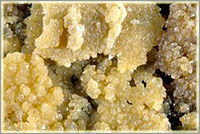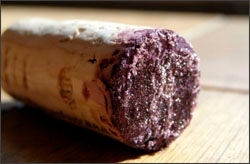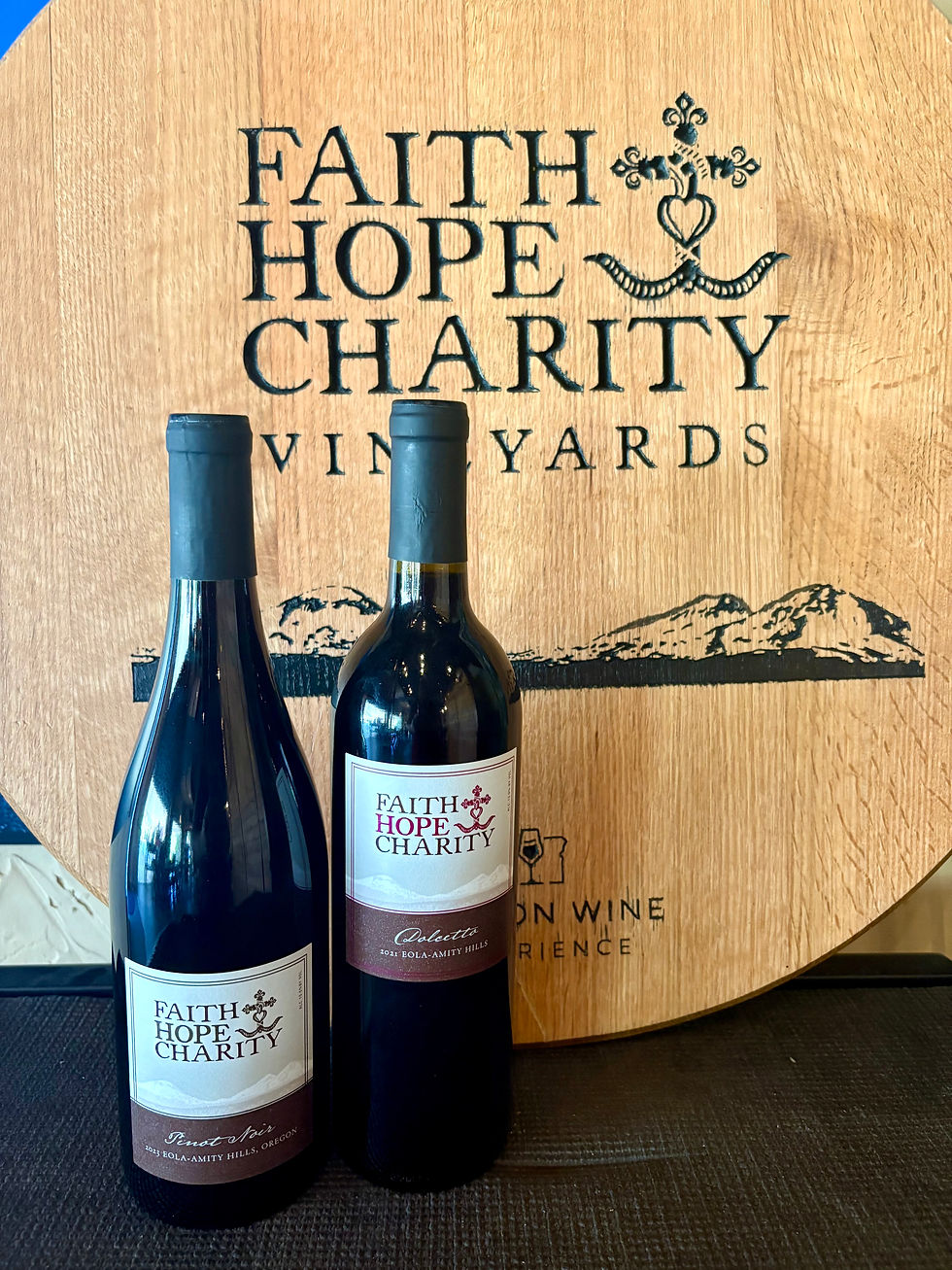Tiny Crystals, Totally Natural: Understanding Tartrate Crystals in Our Frontenac Gris
- FHC
- Jul 22
- 3 min read
Have you ever opened a bottle of our white Frontenac Gris and spotted a few tiny crystals floating in your glass or a large clump settled at the bottom of the bottle? Don’t worry—they’re not glass shards or sediment gone wrong. These little sparkles are called tartrate crystals, often referred to as “wine diamonds”, and they’re completely natural, harmless, and even a sign of quality in wine.
What Are Tartrate Crystals?
Tartrate crystals are made up of potassium bitartrate, a compound formed when tartaric acid—a naturally occurring acid in grapes—binds with potassium. Tartaric acid is essential in winemaking, giving wines their structure, freshness, and age-worthiness. Under cold temperatures, such as in wine refrigeration or extended storage, these acids can precipitate out of the wine and form crystals.

While tartrate crystals are more noticeable in white wines due to their clarity, they can form in any wine, red or white, depending on grape variety, acid content, and storage conditions. These crystals are tasteless, odorless, and completely safe to consume—though we understand if you'd rather leave them at the bottom of your glass!

Why Our Frontenac Gris?
Frontenac Gris is a cold-hardy hybrid grape, originally developed in Minnesota, that thrives in our high desert climate. It produces a fresh, aromatic white wine with bright acidity, citrus and stone fruit notes, and a clean finish—making it the perfect companion to a sunny afternoon on the patio or a light summer meal.
Because Frontenac Gris tends to have higher levels of natural tartaric acid, and because we chill the wine before bottling to preserve freshness and flavor, it's more prone to forming tartrate crystals—especially when stored at low temperatures after purchase.
Why We Don’t Cold Stabilize
At Faith Hope & Charity Vineyards, our Estate Winemaker, Linda Donovan, and we believe in letting the natural beauty of the grape speak for itself. That means minimal intervention in the cellar and choosing not to aggressively cold stabilize our white wines. Cold stabilization is a process that involves chilling the wine to near-freezing temperatures for several days before bottling to force out tartrates early—but it can also strip wine of subtle aromas, body, and texture.
By avoiding this step, we preserve the full flavor expression of the Frontenac Gris and maintain its vibrant, true-to-vineyard character. A few crystals are a small price to pay for a wine that remains alive, expressive, and undiluted by unnecessary processing.
How to Avoid Crystals (If You Want To)
If you’d prefer to minimize the presence of tartrate crystals in your wine experience:
Store your wine upright to allow crystals to settle at the bottom.
Avoid over-chilling—refrigeration is fine, but colder temperatures speed up crystallization.
Decant or pour gently if you notice crystals in the bottle.
But remember: wine diamonds are nothing to fear! In fact, many wine lovers view them as a badge of authenticity—a reminder that what you’re drinking came from the earth, not a factory.
Sip, Savor, and Celebrate the Sparkle
So the next time you notice a little sparkle in your glass of Frontenac Gris, raise it with pride. Those tiny crystals are a mark of natural winemaking and a testament to our commitment to quality over shortcuts. Cheers to wine in its purest form—and to embracing the occasional sparkle in your glass!









Each guess provides feedback that Phrazle helps you refine your thinking, pushing you to consider not only which letters belong, but where they naturally fit within the phrase.
In Buckshot Roulette, my friend used Handcuffs on me right when I had a perfect setup ready. Waiting through that skipped turn was pure torture.
Foodle also shines with its inclusive community spirit. Online forums and social media are filled with players sharing hints, discussing tricky puzzles, and celebrating clever words. This sense of camaraderie adds depth to the game experience.
I really appreciate how transparent you are about the winemaking process. Choosing not to cold stabilize makes a lot of sense if it keeps the flavors intact. The tartrate crystals now sound less like a flaw and more like a signature of craftsmanship. It’s funny, because just like in Geometry Dash Lite, where the challenge isn’t about removing every obstacle but learning to enjoy and work with them, these “wine diamonds” feel like part of the experience rather than something to avoid.